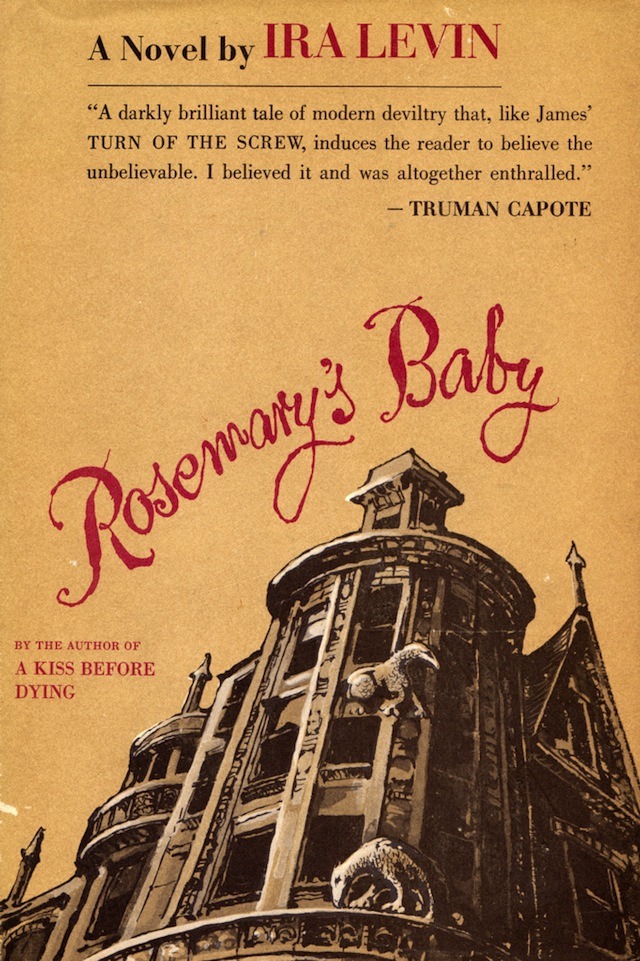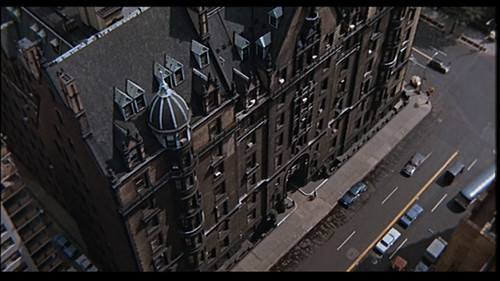Monsters
Book 3 in the Ashes Trilogy
by Ilsa J. Bick
New York: Egmont USA
2013
688 pages
I feel like I have climbed Mount Everest or gotten an A on a very difficult final exam. What have I really done? I have finally finished the monster-sized book in the Ashes Trilogy, Monsters.
This book is less about the zombie-like Changed eating habits and more about the other monsters of the story, the humans who attempt to control them and those that fight against them. Topping the list is Finn, an old veteran who seems to have a way with the "Chuckies" and has been performing experiments on them and conditioning them to do his bidding. He has captured Peter, one of the Spared from the town of Rule, and has managed to nearly brainwash him into acting like the Changed. I think Finn uses a form of mind control, rather like what Alex has with the monster in her head, the brain tumor.
Alex can can communicate with dogs and the Changed, leaping into their brains to see through their eyes. This has come in handy sometimes, and she has been Spared in many ways besides surviving the initial electromagnetic zap, but it is also rather disturbing and scary to her to let her tumor take control of her actions.
It was rather a relief to have the many story lines--the Rule people, the Finn camp, the Amish camp in Oren, Tom and the kids, and Alex with Wolf/Simon--all merge together better. It was rather difficult keeping up with all of the action of each group, and when they begin to interact, I felt like the story was less confusing and moved along faster. I was especially glad when the initial threesome--Tom, Alex, and Ellie--found out that they are all still alive, despite all of the terrible things that have happened to them.
The final confrontation with Finn and Alex, on which I won't elaborate, is somewhat unexpected and terrifying, maybe a little bit cheating because it involves an unexplained element. How can Alex do what she does? I guess Alex doesn't know herself.
Thinking about the series as a whole, I am rather disappointed that I still don't know anything about what caused the electromagnetic pulse or how it affected the outside world. We only encounter people in this small, very isolated portion of the country. Are people all over going through this, too? Who else has survived? Is it safe to venture farther away to find others? Our survivors haven't done that by the end of the book, making a home for themselves in a beautiful, isolated valley, but maybe they will once they recover.
And if you imagine that electromagnetic pulses are not possible, you can find out more here:





